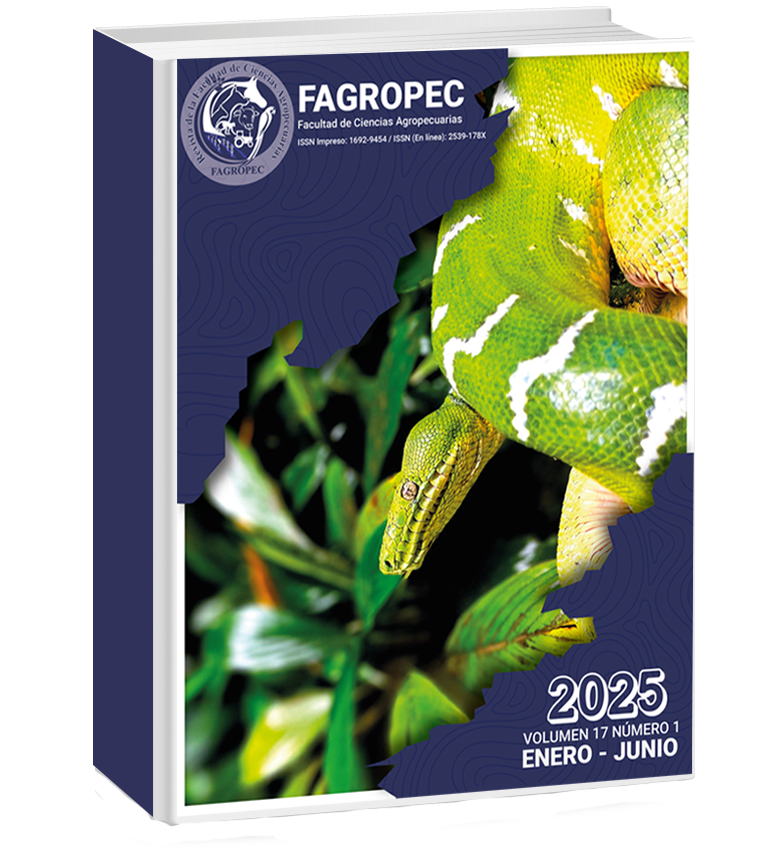CASE REPORT: PLACENTITIS IN A COLOMBIAN CREOLE MARE. DIAGNOSIS AND TREATMENT
DOI:
https://doi.org/10.47847/Keywords:
Transrectal ultrasonography, Equine abortion, Gestational monitoring, Combined therapy, Reproductive medicineAbstract
Placentitis is one of the main causes of abortion, premature birth, and the delivery of weak or septic foals in pregnant mares, representing both a diagnostic and therapeutic challenge. It is defined as inflammation of the placenta, usually of infectious origin, that compromises fetal viability. The most common etiological agents are ascending bacteria such as Streptococcus equi subsp. zooepidemicus, Escherichia coli, and Pseudomonas aeruginosa. This report describes the clinical case of a 7-year-old Colombian Creole mare, approximately 7 months pregnant, referred to the Large Animal Clinic of the University of Amazonia showing signs of acute abdominal pain, recurrent recumbency, sweating, ventral edema, positive digital pulse, and galactorrhea. Clinical and complementary examinations were performed, including a complete blood count (suggestive of anemia) and transrectal ultrasound, which revealed placental thickening consistent with ascending placentitis. Abdominal ultrasound confirmed active fetal movements and a normal fetal heart rate. Treatment included broad-spectrum antibiotics, non-steroidal anti-inflammatory drugs, and vasodilators, along with frequent ultrasound monitoring. The mare showed progressive clinical improvement, placental thickness stabilization, and eventually delivered a viable foal at term. This case highlights the importance of including placentitis as a differential diagnosis in pregnant mares with acute abdominal signs. Early diagnosis via ultrasonography and the prompt initiation of appropriate treatment are essential for maintaining pregnancy. The combined therapeutic approach proved effective, and continuous monitoring during the final third of gestation is emphasized to prevent reproductive complications.
Downloads
References
Tibary, A. & Pearson, L. (2015). Pregnancy loss in mares. Journal Spermova, 5(2). Recuperado de https://spermova.pe/site2/files/Revistas/Rev.%20No.5Vol.2/1Tibary_2015_A-2.pdf
Frederico Canisso, Igor, "Studies on Equine Placentitis" (2014). Theses and Dissertations--Veterinary Science. 21. https://uknowledge.uky.edu/gluck_etds/21
Iranzo, J. A. [Jose Adrian Iranzo]. (2020, abril 7). CHARLAS EQUINOS, Evaluación de gestaciones de alto riesgo, Dra. Susana Franco. 2da parte [Video]. YouTube. https://www.youtube.com/watch?v=z-MUgXTgd9M
Bailey, C., Macpherson, M., Pozor, M., Troedsson, M., Benson, S., Giguere, S. & Vickroya, T. (2010). Treatment efficacy of trimethoprim sulfamethoxazole, pentoxifylline and altrenogest in experimentally induced equine placentitis. Journal ofl El sevier. Recuperado de https://www.sciencedirect.com/science/article/abs/pii/S0093691X1000138X?via%3Dihub
Ruiz, J., Perez, J., Espinosa, J., Valencia, A. & Jaramillo, D. (2018). Placentitis Bacterial as a cause of abortion in mares: Case Report. Journal of Orinoquia, 22(2). Recuperado de http://www.scielo.org.co/scielo.php?script=sci_arttext&pid=S0121-37092018000200236
Ellerbrock, R. E., Canisso, I. F., Roady, P. J., Rothrock, L. T., Zhong, L., Wilkins, P., Dirikolu, L., Lima, F. S., & Honoroto, J. (2019). Diffusion of enrofloxacin to pregnancy fluids and effects on fetal cartilage after intravenous administration to late pregnant mares. Equine Veterinary Journal, 51(4), 544–551. https://doi.org/10.1111/evj.13044
Ellerbrock, R. E., Canisso, I. F., Roady, P. J., Litsky, A., Durgam, S., Podico, G., Li, Z., & Lima, F. S. (2020). Administration of enrofloxacin during late pregnancy failed to induce lesions in the resulting newborn foals. Equine Veterinary Journal, 52(1), 136–143. https://doi.org/10.1111/evj.13131
Saavedra PD. 2009. Estudio Ecográfico del Grosor de la Unión Ute¬roplacentaria en Yeguas Fina Sangre de Carrera Menores y Mayores de 14 Años, Clínicamente Sanas, a Partir de los 240 Días de Gestación. Tesis (Título Médico Veterinario). Santiago, Chile, Universidad Mayor. 50-62 p
Canisso, I. F., Ball, B. A., Erol, E., Squires, E. L., & Troedsson, M. H. T. (2015). Comprehensive review on equine placentitis. American Association of Equine Practitioners. Recuperado de https://www.researchgate.net/publication/308097559
Troedsson, M. H. T., & Miller, L. M. J. (2016). Equine placentitis. Pferdeheilkunde, 32(1), 49–53. Recuperado de https://www.researchgate.net/publication/296716009
El-Sheikh Ali, H., et al. (2020). Transcriptomic analysis of equine placenta reveals key regulators and pathways involved in ascending placentitis. Recuperado de https://www.researchgate.net/publication/346868708
Murase, H., et al. (2015). A clinical case of equine fungal placentitis with reference to hormone profiles and ultrasonography. Journal of Equine Veterinary Science, 35(5), 421–426.
Pozor, M. (2015). Clinical review on equine placental abnormalities. Equine Veterinary Journal, 47(3), 345–352.
LeBlanc, M. M. (2010). Ascending placentitis in the mare: An update. Journal of Equine Veterinary Science, 30(5), 275–282.
Canisso, I. F. (2014). Equine placentitis: Pathogenesis and treatment. Veterinary Clinics of North America: Equine Practice, 30(2), 351–364.
Álvarez Arias, L. (2021). Trabajo de grado, modalidad práctica empresarial enfocado a caso clínico: placentitis bacteriana en yegua criolla colombiana realizado en campo [Trabajo de grado, Corporación Universitaria Unilasallista]. Repositorio Institucional Unilasallista. https://repository.unilasallista.edu.co/server/api/core/bitstreams/b428e3fc-d2a8-49a2-bfc9-704d695d3fdd/content
Sielhorst Jutta, Koether Karoline, Miguel Blanco, Vicioso Rocio, Volkmann Nina, Kemper Nicole, Mestre Amanda, Harald Sieme. (2023). Placentitis occurrence, treatments, pregnancy outcome and subsequent fertility on a large warmblood stud farm: A retrospective field study. Journal of Equine Veterinary Science. Vol 125.
Downloads
Published
Issue
Section
License

This work is licensed under a Creative Commons Attribution-NonCommercial-ShareAlike 4.0 International License.
























